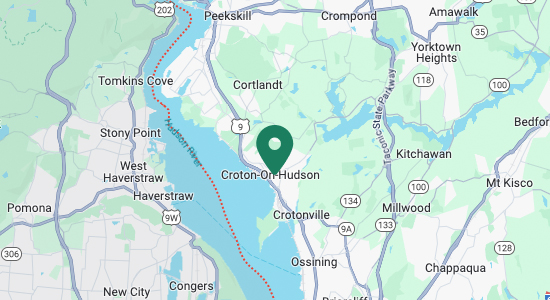Tickets Since 1990
Radar Countermeasures
Ever since the radar gun was invented, the technically minded saw a problem to be solved. The first detectors were hobbyist pieces, homebrewed by those who, like today’s hacker, saw a challenge. Detectors were rare, as radar was rare.
It was only after the gas crisis of the 70’s that radar use took off. We had a ridiculous speed limit, and a clueless Federal Government. Once Nixon imposed the 55 mph limit, overnight we had a massive speeding “problem”, and as befits our Federal Government and it’s lobbyists, huge amounts of money were available to buy radar guns for police agenices nationwide. The speeding ticket, always a reliable cash cow for local governments, became a cash herd.
The first commercially available unit, to this day known as the Fuzzbuster, was a fairly simple unit that made its creator very successful. It only had to pick up the high power continous transmission of the early X band guns, so it was good for at least a half or quarter mile. Once this market was established, the next major advance was by Escort. The old school black box Escort was a quantum leap in quality, being the first superhetrodyne radar receiver commonly available. (The Super Snooper was a bit too early). Detection distances for the Escort were twice or more the Fuzzbuster, which was very helpful, but the key was that the Escort would also pick up K Band, which was the “latest and greatest” in the early 80’s, and the Fuzzbuster was blind to K band. The CB radio was another countermeasure, but it is a story for another time.
Once the police side went to the “instant on” modes, wherein they held the signal until the motorist was in the sights of the radar, the game changed quite a bit. You were no longer looking for a strong beam (think a set of xenons down a highway), you were trying to find a child’s flashlight being turned on and off randomly. Since a radar detector is a scanner, it has to cover the entire band over and over, looking for those wisps of radar. Microwave technolgy is not cheap, which is why, if you use a detector, you have to go to the top of the manufacturer’s line…the $69 unit is a false sense of security, not “protection”. Suddenly, you were looking only for those tiny wisps of K band, and you needed microprocessor horsepower to find them. Still, many folks held onto the Fuzzbusters for many years, much like the owner of the Classic black box Escorts and later grey metal Passports, which while great X and K boxes, don’t pick up the Ka band. I still occasionally see these on dashboards in Courts every week, in a State that’s 98% Ka band.
It is often asked “why can’t I buy a Jammer for radar”. The two major reasons are money and the Federal Communications Commission. Any item which transmits is under the FCC’s domain. (Those worthless “passive” jammers are “passive” for that reason. If you have one of them, toss it for your own good-they don’t do anything). To properly jam, the jammer would need to receive a signal, “read it”, and fire back a signal strong enough to overwhelm the radar gun, or smart enough by varying frequency slightly to confuse it. This would require a receiver, transmitter and computer power. The military has some fantastic devices for fighter planes that do all this, but at military price points. Even assuming you could create a usable civilian unit, the FCC would send a very expensive “Notice of Liability” as you are not allowed to jam any licensed service. (Cell Phone jammers for Concert Halls cannot be sold in the US for this reason).
No detector will save you from an instant on signal if you are the first one through the trap. A detector is a radio receiver, no more or less. Ka is tricky to pick up. The frequencies used by many radar guns for Ka band are the same as a known “harmonic”, that is, a frequency some detectors actually transmit. Detector users know this as the “Ka false” you see in traffic when you are surrounded by other cars. In order to keep users sane, detector makers will “notch out” that specific frequency, which is why the radar makers will seek to transmit there. OW! The expensive detectors have the computer power to figure out this riddle, which is why the $69 detector is actually more dangerous than nothing at all.
You can’t rely upon a detector for exemption from speed limits. It is a valuable tool for the serious driver with a lot of exposure time, but it’s not magic. Buy the best you can afford, but don’t change your driving style based on the box.






